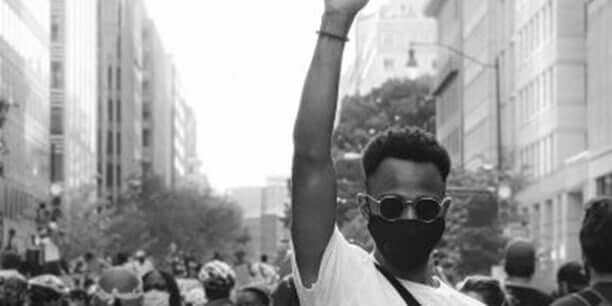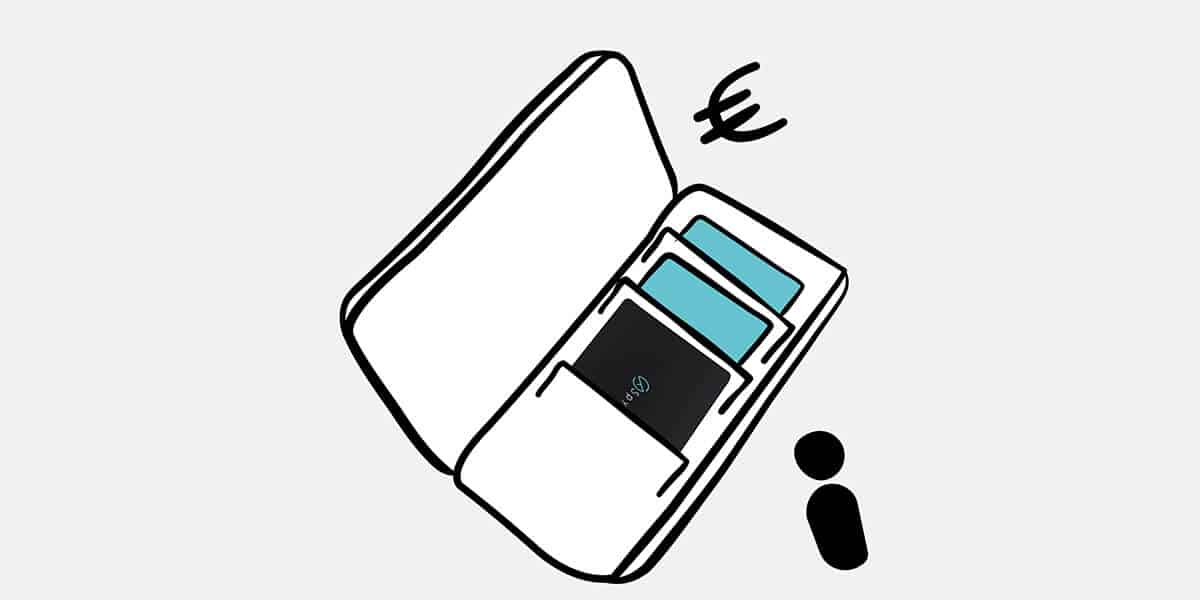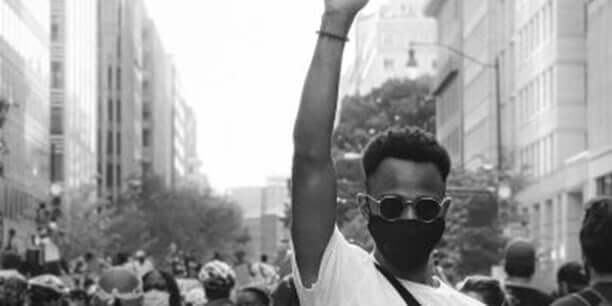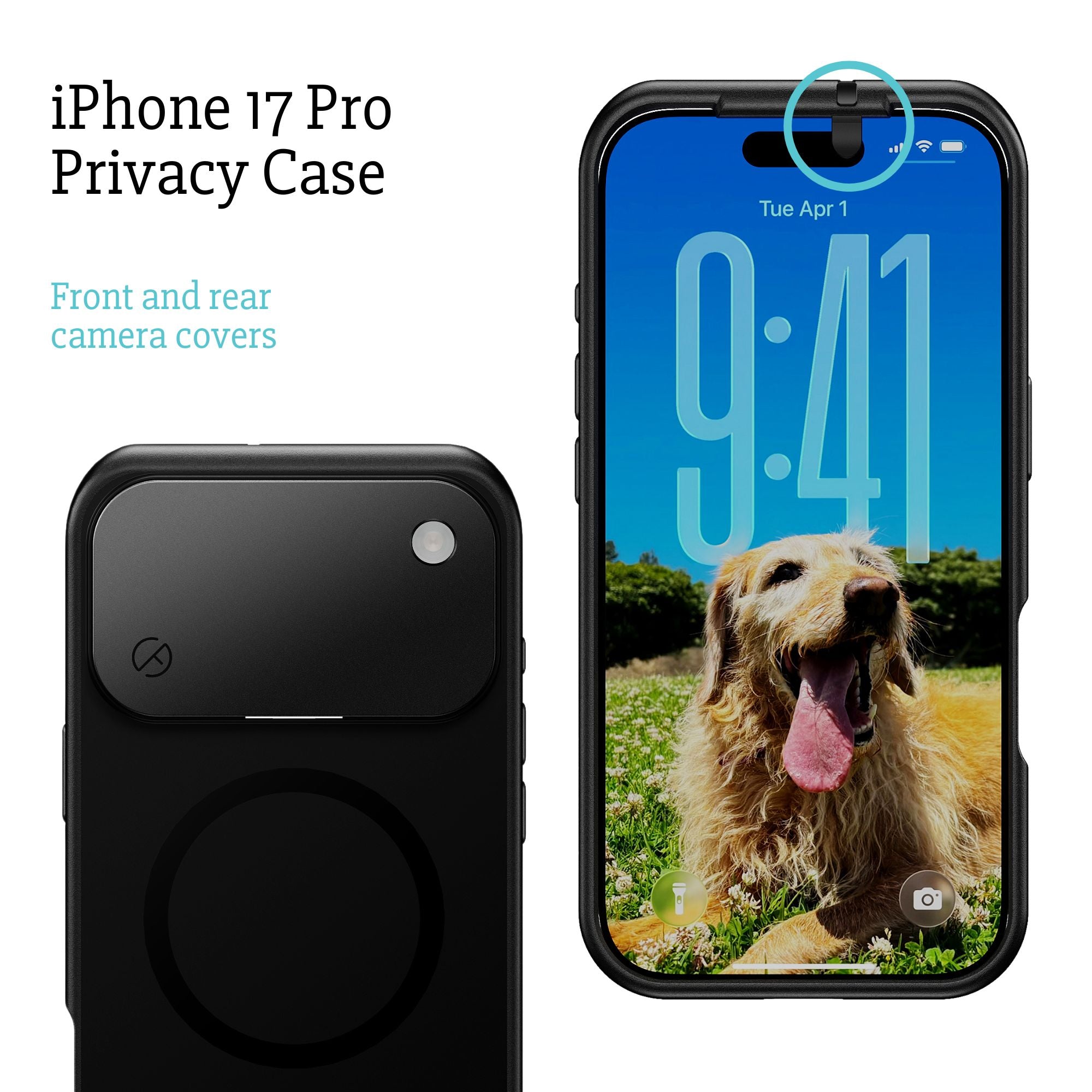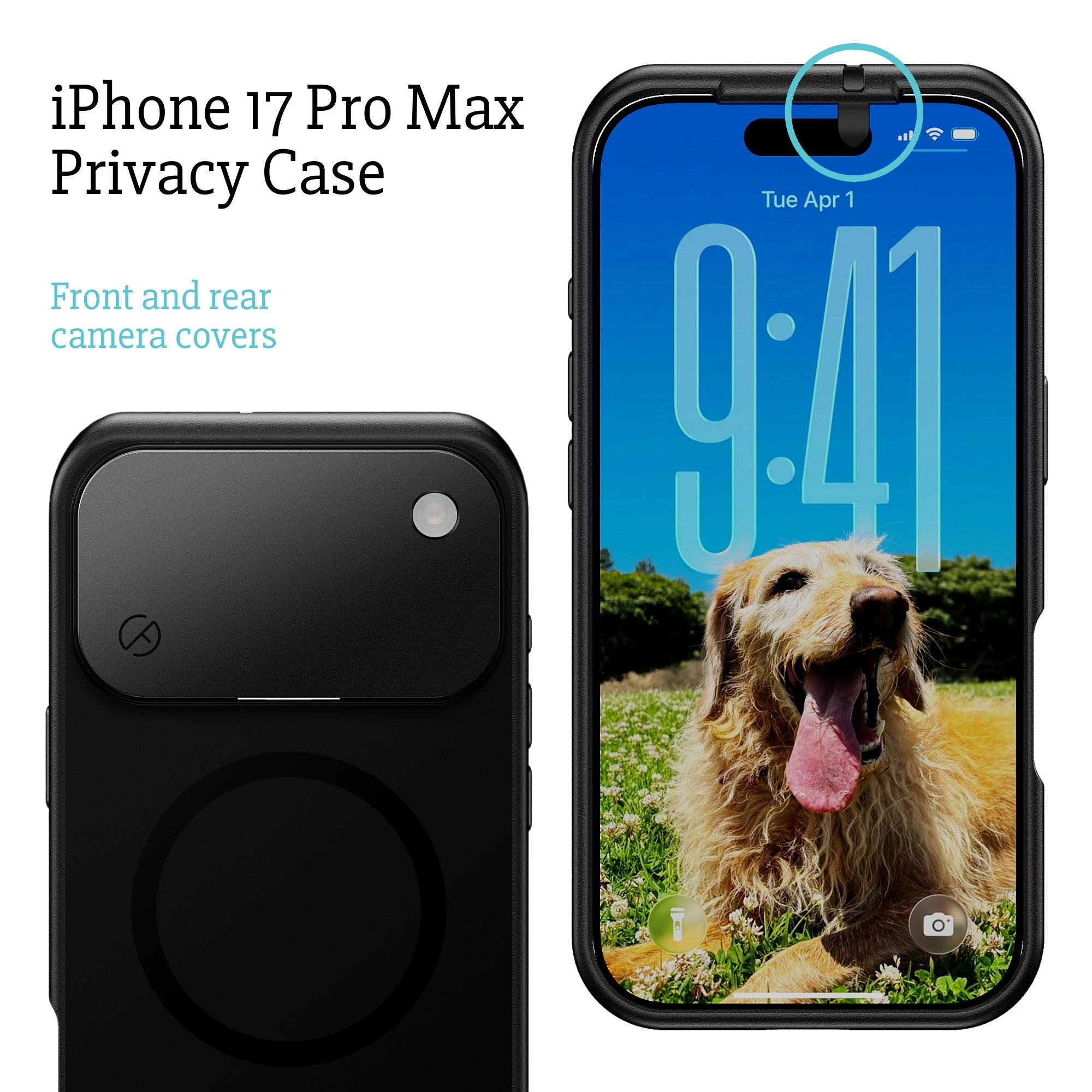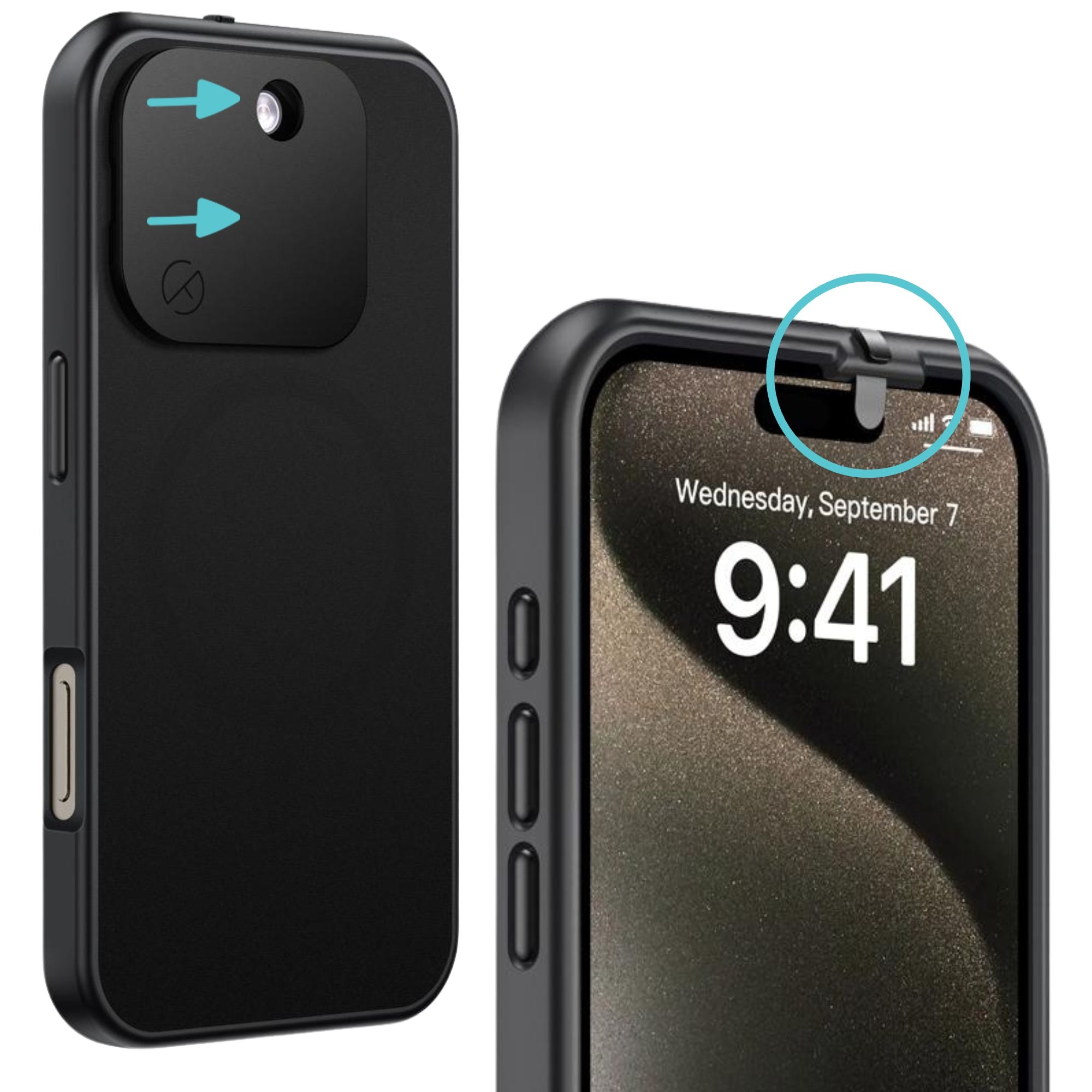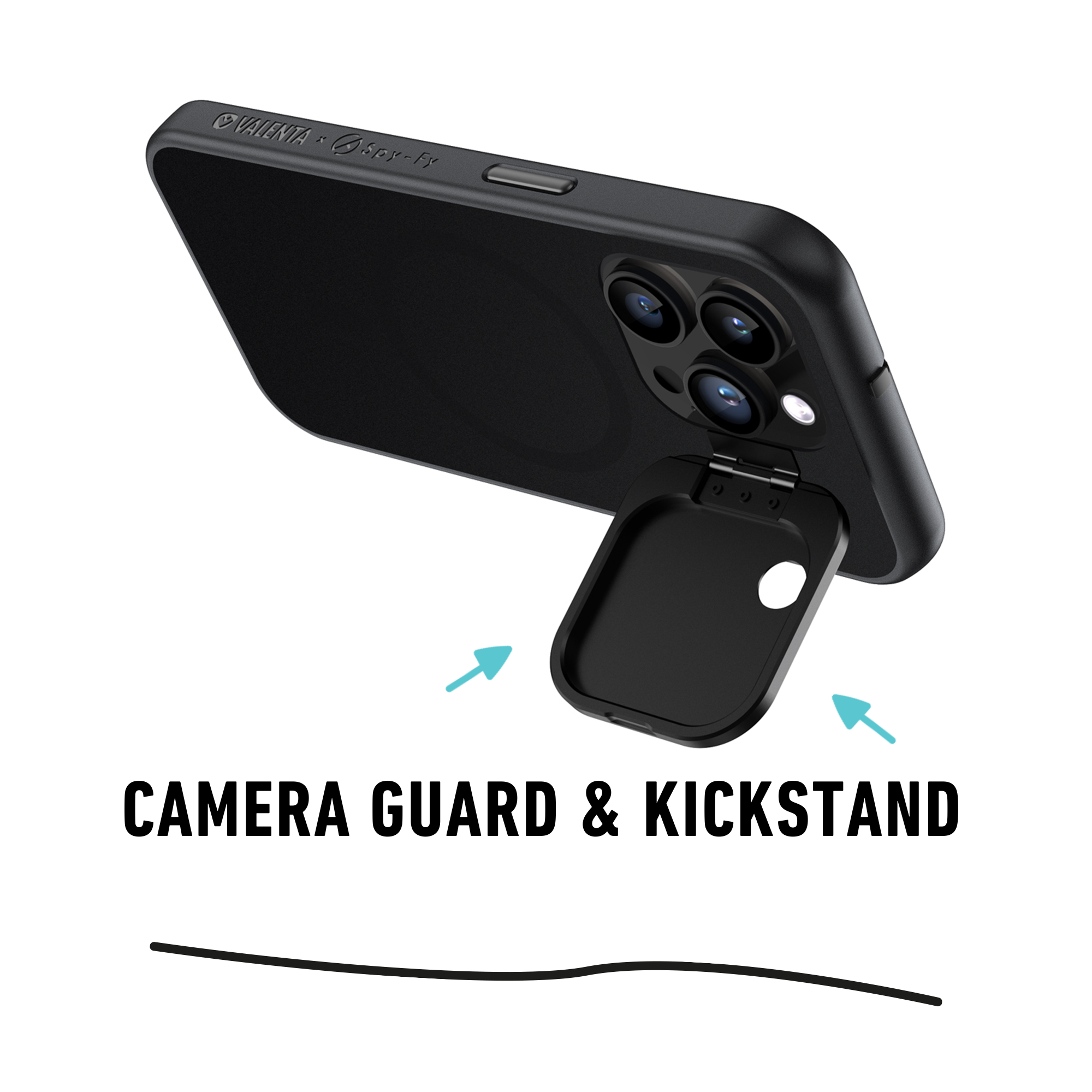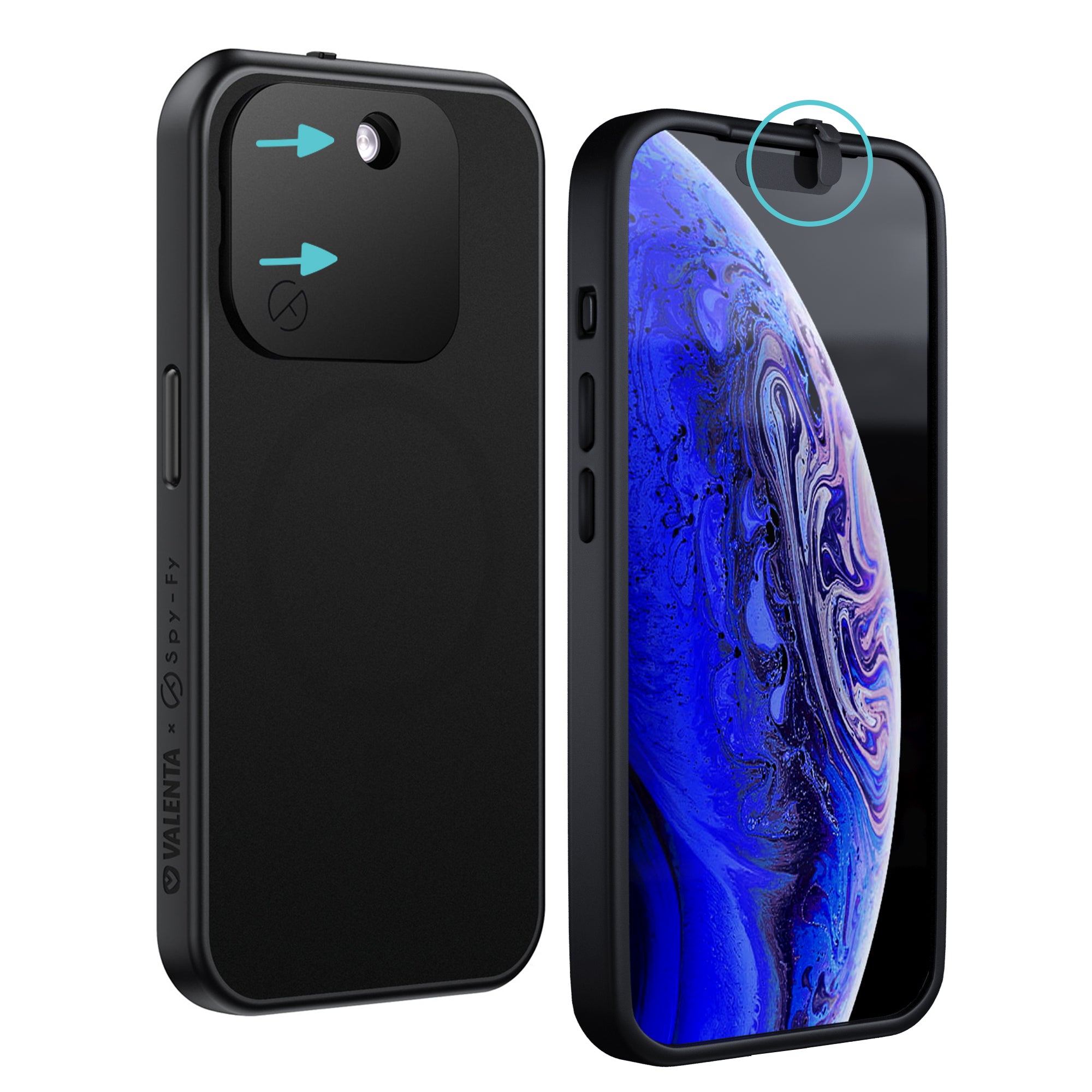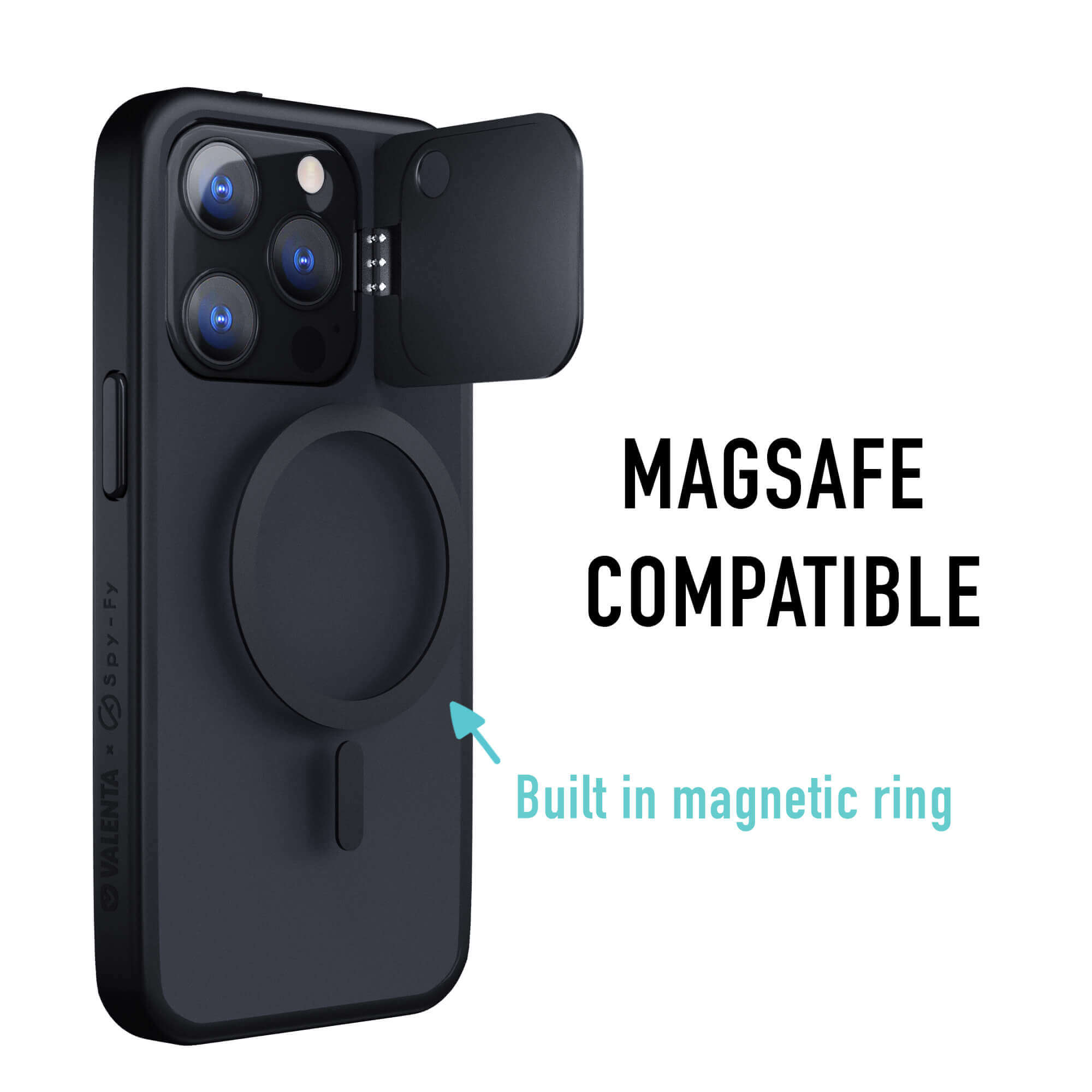Smartphones have served as a tool to help bring awareness of ongoing racial injustices happening every day in the U.S. and around the world. For example, the footage of the death of George Floyd sparked Black Lives Matter protests across the United States. However, in the age of surveillance, data from smartphones may also provide a way to identify protestors. According to CNBC, privacy researchers are worried about how this data could be used, as well as the scope of the surveillance taking place at protests. Therefore, taking privacy awareness into consideration while protesting is paramount. Especially when your actions may compromise the privacy of fellow protestors who may wish to remain anonymous.
Why does privacy awareness when protesting matter?
Even if you aren’t concerned about your own privacy while protesting, taking photos or videos of fellow protestors may put their privacy at risk. It’s not just about you. Wired reports that there are two primary ways in which digital surveillance occurs at protests: data collected from confiscated smartphones and law enforcement surveillance. Types of surveillance used by law enforcement have included but are not limited to: facial recognition technology, text message interception, license plate tracking, and drones. In order to protect your identity and the identity of others while protesting, Spy-Fy has created a list of advice for protecting your privacy while protesting.
Advice on how to protect your privacy while protesting

1. Consider leaving your smartphone at home to protect your privacy
There are numerous different ways in which your smartphone could be used to identify you. If you get arrested and your smartphone is confiscated, your personal data might be accessed, including footage you have of other protestors. Even if you aren’t arrested, if you have your location tracking on then your location might be accessible to law enforcement. Your text messages could be intercepted – this could identify protest organizers if you are in contact with them. One easy way to keep your privacy protected is by not bringing your smartphone at all. However, please note that this is just one option. Especially since some protestors have used their smartphones as a tool for highlighting ongoing injustices through footage collected at protests. Therefore, we also have advice for those who would prefer to bring a cellphone to a protest.
2. If you bring a smartphone to a protest, take the following precautions:
Based on the advice from Wired, Forbes, VICE, and Popular Mechanics, the following precautions should be taken for smartphones that are brought to protests:
- Use a burner phone instead (buy it with a gift card so it can’t be easily traced back to you)
- Back up your iPhone so that you can quickly erase your data in case you are arrested
- Make sure location services are turned off on your smartphone so that you cannot be tracked
- Remove unnecessary personal information on your phone
- Turn on Airplane mode
- Make sure you are using strong passwords and don’t use biometric authentication (fingerprint or eye/face unlocking)
- Use a messenger app that is encrypted instead of using SMS or calling
These steps should help you protect your privacy and help you protect other’s privacy.

3. Wear non-identifiable clothing
Wearing clothing that is distinct with bright colors or a recognizable logo could help the authorities to more quickly identify you. With COVID-19, it is already a good idea to wear a mask for health reasons; wearing a mask to a protest also has the added value of helping prevent facial recognition technology from picking you out in a crowd.
4. Be smart on social media
Knowing what to post and what not to post is important. One thing to take into consideration is posting pictures with images of other protestors’ faces. Posting a picture of someone’s face without their consent could potentially allow law enforcement to recognize them. By using an app to blur out the faces of those who might be easily identified in the photo, you can help keep their identity safe. Additionally, taking pictures with street signs or other location markers could help others to figure out where certain protestors are. Perhaps consider waiting to post these sorts of images until after instead of during the protest. To help keep your own identity anonymous you could also create a social media account just for your protest activities that isn’t linked to personal information. Basically, on social media try to think about the bigger picture instead of posting things just to post them. Don’t let performance activism accidentally hurt others, even if your actions were done with the best intentions.
Protesting and privacy awareness can go hand in hand
Taking a privacy-aware stance should not keep you from protesting and making a difference. Digital surveillance is a reality that must be faced at protests. It is unclear what exactly is done with all this personal data that is collected via this surveillance. Each person should have the ability to make their own decision about their personal privacy, especially when protesting. Using social media and cellphone footage from protests can be an extremely powerful tool. Knowledge is power, and with this advice, hopefully, those who wish to be more privacy-aware when protesting can put this advice into use.
Additional resources for advice on keeping your privacy protected while protesting:
Wired: How to Protest Safely in the Age of Surveillance
Forbes: 11 Ways to Protect Your Privacy While Protesting
VICE: How to Protest Without Sacrificing Your Digital Privacy
Popular Mechanics: The Three Things You Must Do to Protect Your Privacy While Protesting
